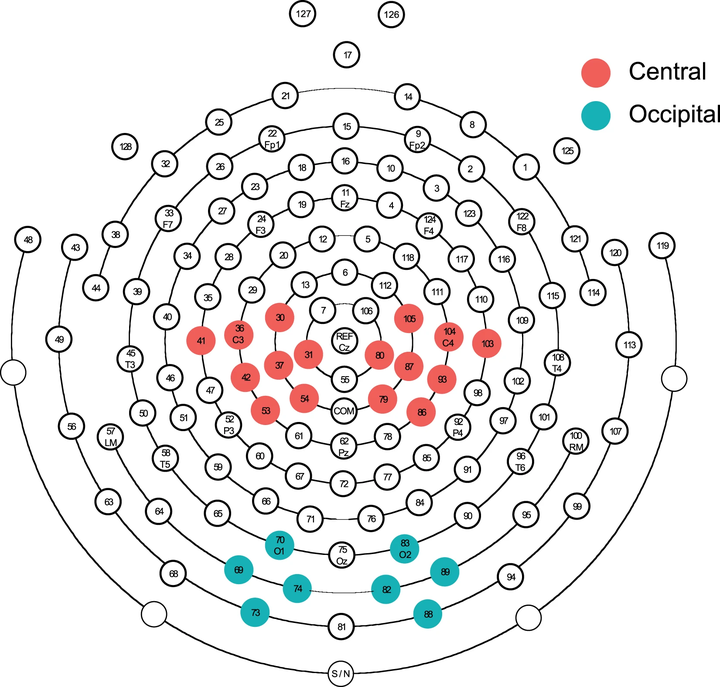Mu desynchronization during observation and execution of facial expressions in 30-month-old children

Abstract
Simulation theories propose that observing another’s facial expression activates sensorimotor representations involved in the execution of that expression, facilitating recognition processes. The mirror neuron system (MNS) is a potential mechanism underlying simulation of facial expressions, with like neural processes activated both during observation and performance. Research with monkeys and adult humans supports this proposal, but so far there have been no investigations of facial MNS activity early in human development. The current study used electroencephalography (EEG) to explore mu rhythm desynchronization, an index of MNS activity, in 30-month-old children as they observed videos of dynamic emotional and non-emotional facial expressions, as well as scrambled versions of the same videos. We found significant mu desynchronization in central regions during observation and execution of both emotional and non-emotional facial expressions, which was right-lateralized for emotional and bilateral for non-emotional expressions during observation. These findings support previous research suggesting movement simulation during observation of facial expressions, and are the first to provide evidence for sensorimotor activation during observation of facial expressions, consistent with a functioning facial MNS at an early stage of human development.